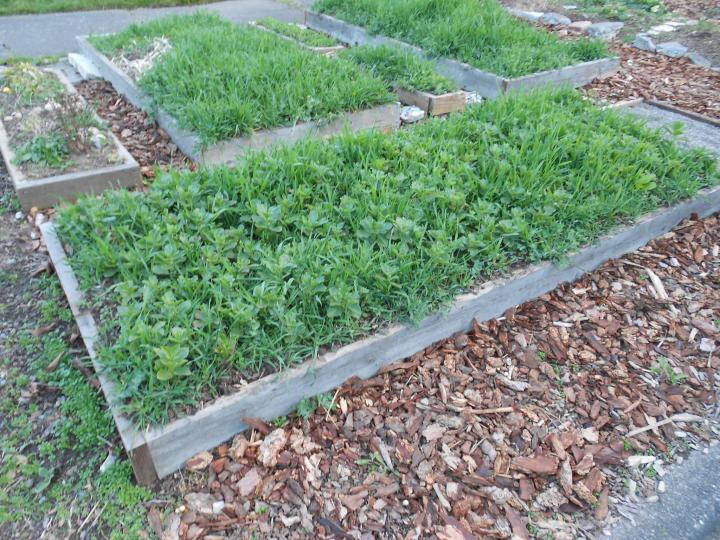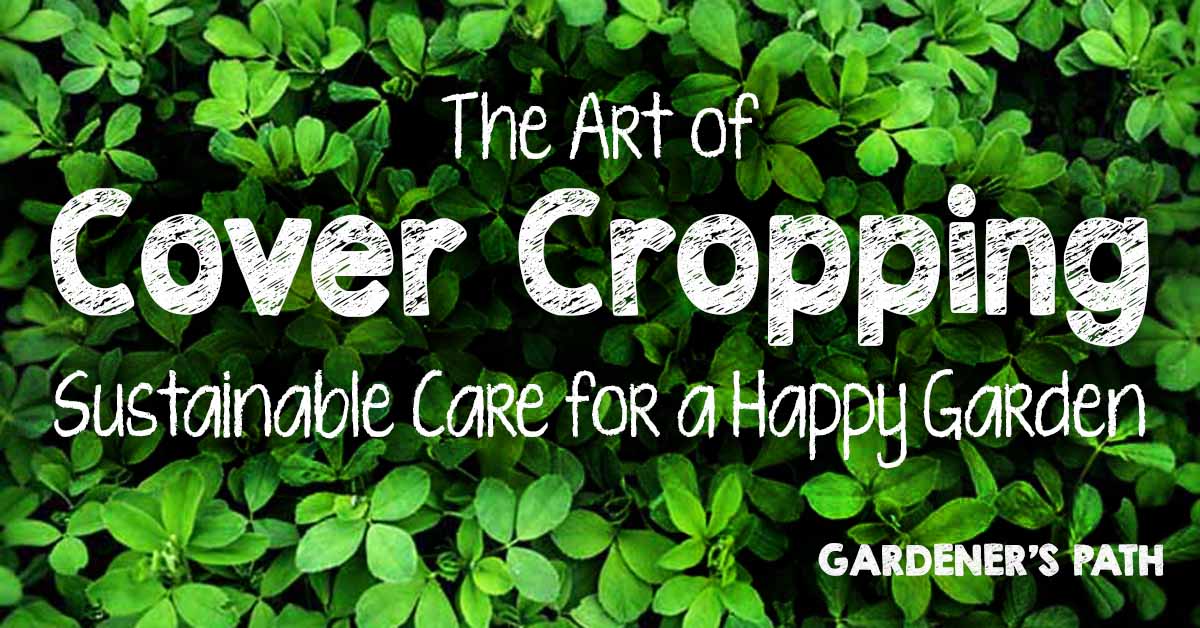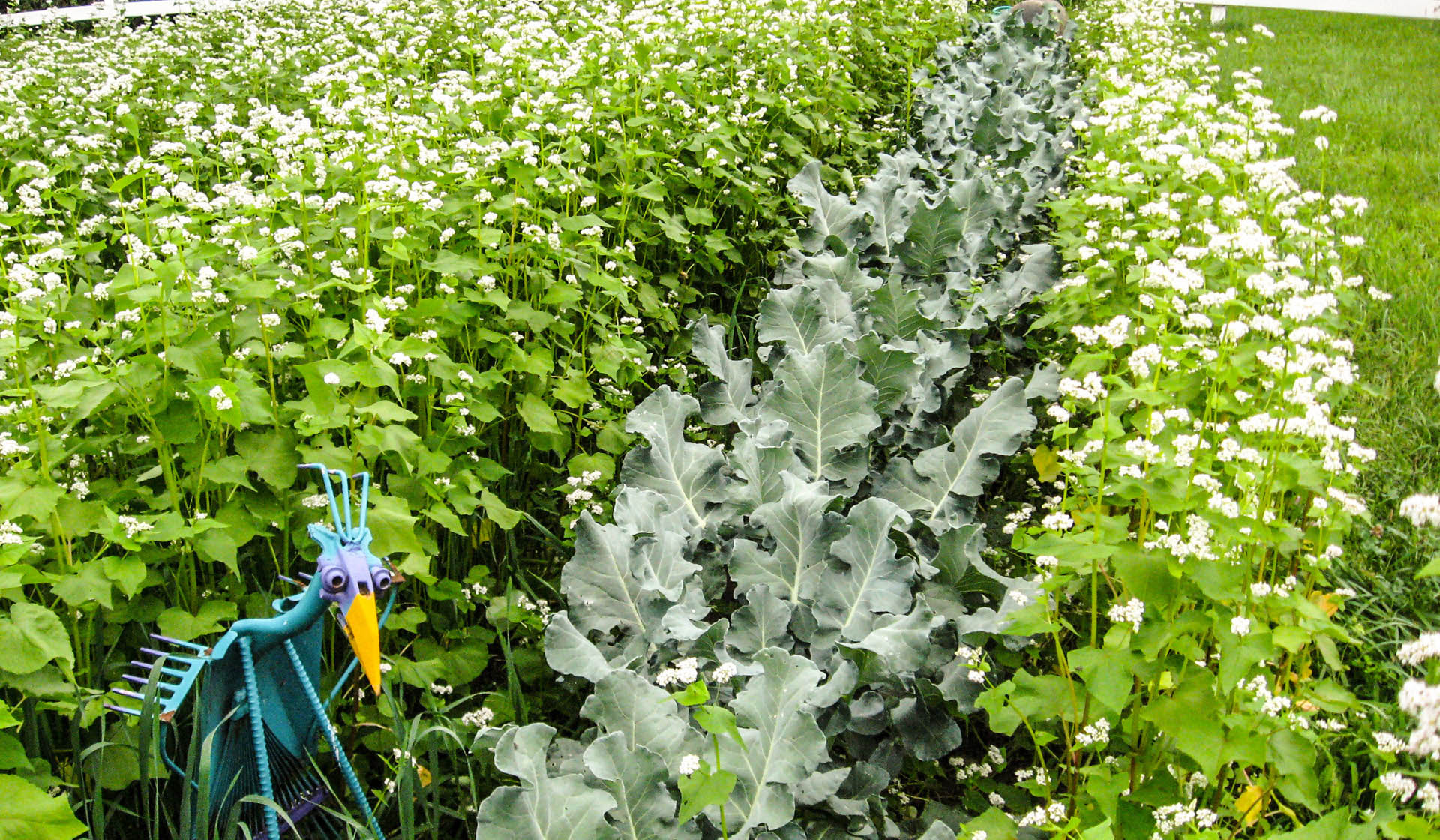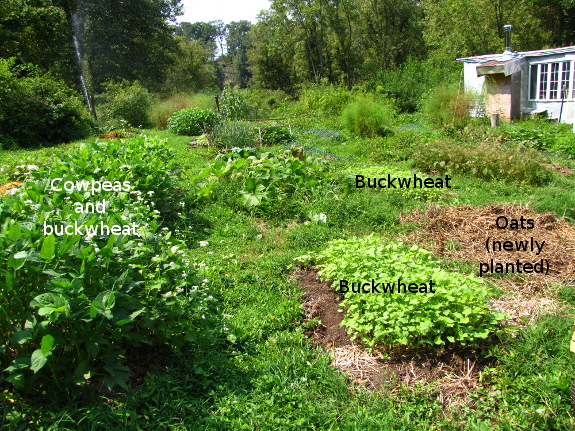Vegetable Garden Cover Crop
Crops such as peas strawberries beans pumpkins and squash require pollination to produce a harvest.

Vegetable garden cover crop. Its best to wet down the garden and cover crop before turning it under in very hot regionsthis will help decomposition. There are two classes of cover crops you should know about when you start out. The practice of growing specific crops just for fertilizing and building the soil dates back to the roman empire. At temperatures above 85 degrees f tomato pollen may become sterile and peppers will not set fruit.
Many perennial flower gardens also do well planted in low growing cover crops like clover. A cover crop is a crop you grow for the soil instead of for your plate. If these crops are still covered with fabric when they begin to flower remove or temporarily lift fabric from the beds during the day to allow bees to do their work. Cut down summer cover crops about 3 weeks before you plan to sow fall vegetable crops.
Cover crops used to attract beneficial insects to aid in controlling insect pests are called trap crops. Additionally hairy vetch is impressively versatile and resilient. Cover crops in the garden improve the soils physical structure and fertility. By using cover crops for the garden you can be sure that you will be getting the most out of your garden next year.
Growing cover crops for vegetable gardens also halts soil erosion reduces weed problems aids in water retention and provides cover for beneficial insects. Some people plant them in their fruit orchards. While your garden soil is lying dormant cover crops can prevent your precious dirt from becoming unproductive. Its a good choice in cold climates and drought conditions and it performs well in a range of soil types and ph levels.
Cover crops take very little labor while also adding organic material to your soil. They also help prevent weeds from taking over your garden since. Grow summer or midseason cover crops in regions where the weather gets too hot for warm season vegetable cropswhere temps rarely dip below 900 sow summer cover crops after spring leaf and root crops have been harvest. Certain cover crops will boost your garden soil with nitrogen potassium phosphorus andor many other important nutrients.
Some grass cover crops include. However be aware of the temperature under the covers. A cover crop is just what it sounds like. And the benefits of a sweet alyssum cover crop.
Youll have to decide which crops you want to plant based on which do best in your region and what your soil needs. Dense ground cover beautiful little flowers to attract insects subtle sweet scent reseeds. A popular legume cover crop hairy vetch is commonly used in vegetable gardens and is valued for its nitrogen fixing ability. A radish cover crop is probably the most popular but any root crop will have the same effect including beets carrots turnips and kohlrabi.
A crop that covers the soil of your garden during the off season. Cover crops add organic matter to the soil and add nitrogen in a slow release way that plants can handle leading to less nitrogen volatilization read. Self pollinating plants such as tomatoes can be left covered. Now dont get me wrong cover crops are not just for your vegetable garden.
Winter cover crops can help you improve and make use of your garden year round.






